Peony Bartzella (Bartzella)
Even on the gloomiest day, yellow flowers can cheer up a person. They, like rays of bright light, disperse dark clouds - if not overhead, then in the soul. Bartzell's peonies do an excellent job with this. Their inflorescences look like little suns and leave no one indifferent.
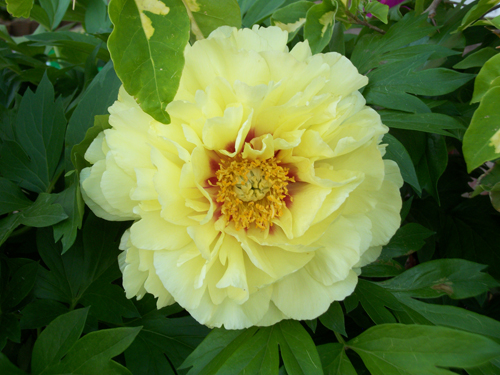
History of creation
The history of this variety originates in Japan, back in 1948. The renowned botanical breeder Toichi Ito crossed the Kakoden variety, which belongs to the lactic-flowering group, with the Kinko species. As a result, the scientist received six hybrids with yellow buds. They were later called ITO-hybrids.
The work of the Japanese was continued by the young American Andersen, the assistant to the famous breeder. The scientist's widow also took part in this activity. Thanks to their efforts, in 1974, Bartzella was bred into a separate culture, and in 2002 the whole world knew about the new hybrid. The American Society of Peony Lovers at one time noted him by awarding him a gold medal.
Description of appearance and features
The interspecific hybrid with the original name Bartzella is an unusual plant. Unlike its tree-like parents, it has a combined stem structure. The upper part of the shoots of this culture is herbaceous and dies off in winter, the lower one is tree-like, perfectly tolerating a drop in air temperature. Nevertheless, its stems are very strong. They do not break due to strong winds and do not bend during flowering. As a result, Bartzella does not require support.
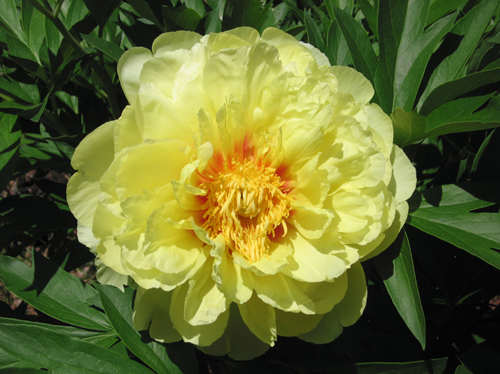
This peony cannot be called tall. Its height is less than a meter and on average varies from 60 to 80 cm. But an adult bush is quite sprawling and wide. Its dense leathery leaves, being finely dissected and colored dark green, are very decorative. In autumn, they take on a bronze tint. The underground part of the plant is a powerful tuberous rhizome.
The large flowers of the Bartzella variety are characterized by a bright yellow or pale lemon color. The heart of the inflorescences can be deep pink, orange or red interspersed. This combination of shades looks very impressive. The diameter of each double bud varies from 25 to 30 cm. The petals fit tightly to each other, but at the same time give the flower splendor. The aroma of peony inflorescences is pleasant, sweetish, with lemon notes.
Bartzella is a mid-late bloom variety. The blossoming buds of this culture can be admired for at least two, maximum four weeks. Up to 30 inflorescences are formed on one bush. In addition to the apical flowers, lateral buds are often formed on the shoots. The bush blooms in the third year of life. With proper care, the first flowers appear on the plant in mid-June. Their number directly depends on the age of the shrub: the older the peony, the more inflorescences it has. Sometimes a perennial blooms twice a season. In any case, the flowering of this variety is always abundant and splendid.
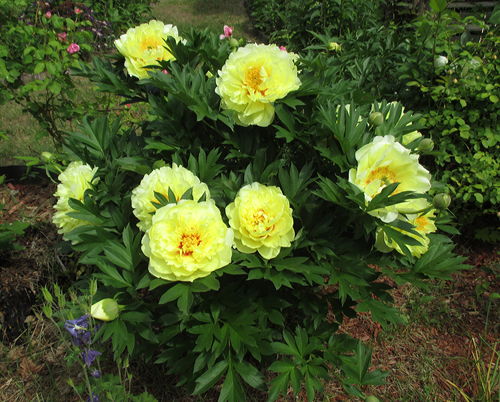
Other features of the crop: high drought resistance, low susceptibility to diseases and pest attacks, good winter hardiness (the bush tolerates frosts down to -30 ° C), average bud resistance to rain.
Growing and care
Bartzella is a light and heat-loving plant, so well-lit places are suitable for placing it. However, direct sunlight has a detrimental effect on the inflorescences, often provoking burnout of the petals. Thus, the plant requires an openwork partial shade, at least in the afternoon.
You should not plant a peony next to other large perennials and even more so trees, as well as buildings that will shade the culture. The flower does not like drafts, but it needs normal air circulation - to prevent the development of pathogenic microflora on the plant.
The soil hybrid Bartzella prefers fertile, loose, moderately moist, with a slightly alkaline or neutral reaction.Sandy loam or loamy soil will be ideal for him. But a heavy and too dense substrate for culture is strictly contraindicated, since in such soil Bartzella is not able to develop normally.

How is a peony of this variety planted? In the selected area, a hole is made 60 cm deep and wide. The bottom of the planting pit is filled with a layer of drainage material (perlite, sand). A mixture of garden soil, compost and peat is poured on top, fertilizers are added (1 tablespoon of iron sulfate, a little wood ash and 130 grams of superphosphate). The seedling is deepened into the soil so that the buds are 3-5 cm below the ground level.When this parameter is increased, you will not wait for the luxurious handsome man to bloom.
As with any varietal plant, Bartzella requires a sufficient amount of water for good growth and flowering. Watering is carried out in a moderate mode. It should be abundant only during the period of growing green mass by shrubs, that is, in spring, as well as in summer, when there is a strong heat. Then the soil under the plant should be moistened 2-3 times a week. Up to 20 liters of soft water at room temperature is poured under one bush. Then loosening is required. This is not done immediately, but a day after the watering procedure. This event is also shown to the peony after a heavy rain. An important recommendation for flower care is the periodic removal of weeds from the zone of the near-stem circle in order to avoid the loss of nutrients by the crop.
Bartzella needs regular feeding. They are performed in the spring (nitrogen fertilizer is applied under the flower), in the budding phase and at the end of flowering (preference is given to mineral concentrates with a high content of potassium and phosphorus). The frequency of the procedure is 1-2 times a month. You can also use specialized complex fertilizers intended for decorative flowering perennials.
Since Bartzella is a frost-resistant variety, it does not need to be covered for the winter. This is done only with young peonies at the age of 1 and 2 years: they are covered with dry earth and covered with a thick layer of mulch on top, which must be removed with the arrival of spring. Peat, humus or sawdust can serve as mulch.
In the fall, namely in mid-October, it is necessary to prune the plant. All its shoots are shortened, leaving only 7-8 cm of their previous length. Throughout the summer, sanitary pruning is carried out, the essence of which is to remove stems with damage, disease or pests of shoots, as well as withered inflorescences.
There is a small risk of powdery mildew, black spot, gray mold and rust on the peony. Among insects, spider mites, ants and, accordingly, aphids are sympathetic to Bartzella. Prophylactic treatment of ornamental shrubs with solutions of insecticides and fungicides should be carried out, then the listed troubles will not affect your pet.
After transplanting, the plant shows its varietal qualities in the second or third year. Reproduction of the variety occurs by dividing the bush and cuttings. The first method is the most popular, albeit more laborious, since it is not so easy to cut an overgrown rhizome into several parts. The right time for this is August and early autumn.
Use cases
The Bartzella shrub is beautiful as a single perennial, especially against the background of neatly trimmed grass of a green lawn, and in group plantings, where roses and other peonies are the best company for him. Garden compositions that combine noble plants with lush inflorescences of a sunny shade and conifers of compact sizes look very stylish. Ornamental flowering bushes are used to divide the site into zones, to create borders for garden paths. The Bartzella hybrid can be planted near the gazebo, at the entrance to the flower garden, near the front of the house under the window.Its gorgeous flowers are included in bouquets, since when cut, such buds retain their original fresh appearance for a long time.
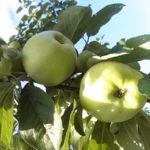

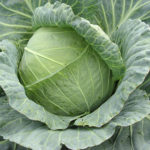
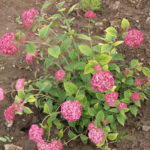

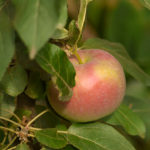



The variety is quite old, but due to the unusual color of flowers and the high demand for it, it is still problematic and expensive to find and buy a rhizome from us. I tried to acquire it for a long time and, when I finally succeeded, I did not know at all what to do with the sprouted rhizome. It was late winter outside, and I decided to plant the root in a bucket. There the peony grew until the moment when it became possible to plant it in the garden. I do not carry out any special care for him. It grows like an ordinary herbaceous, I do not cover for the winter. The only thing I disagree with is a garter - it is needed, since very large flowers still bend the stems to the ground.